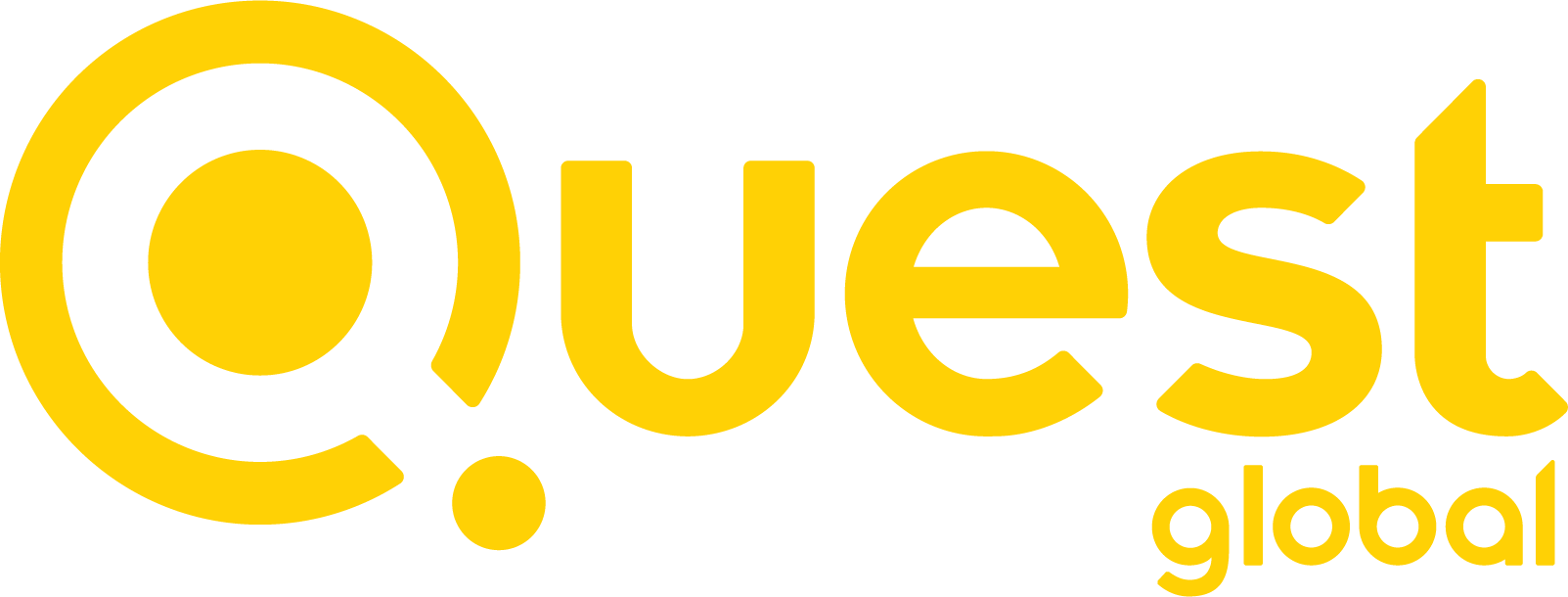It would be an understatement to say that healthcare delivery has gone through substantial transformation over the years. Stand-alone devices and hardcopies of medical reports & images have given way to connected, digital devices. Through digital transformation, healthcare industry has been able to improve patient care, reduce errors and adverse events, provide better diagnosis, lower costs and most importantly enhance innovation. Arguably, interoperability has assumed greater significance in this transformation journey.
Imaging technologies are extensively being used for non-invasive checking of a patient’s body and detecting several life-threatening diseases, thus imaging devices have become one of the most important segments in healthcare. Additionally, the imaging devices are becoming smaller, more mobile and interconnected.
Standards development in medical imaging originated in the field of radiology and led to creation of an efficient and stable interoperable environment in this segment. This is now expanding to numerous other specialties, such as pathology and dentistry. These segments have started experiencing the benefits of interoperability made possible by DICOM 3.0 standard compliance. Similarly, exchange of medical imaging data and information is gaining prominence in radiotherapy. The supplement to DICOM standard, DICOM RT, specifies five data objects relevant to radiotherapy. DICOM RT objects provide a means for standardized transfer of most of the information which circulates in a radiotherapy department.
A typical hospital setting has diverse diagnostic devices, PACS (Picture Archiving and Communication Systems) and clinical information systems that form an inter-connected ecosystem. The data including the images acquired from the diagnostic devices are archived in the PACS which are then accessed by the doctors/radiologists through their workstations or mobiles. It is also possible for an expert consultant in a remote location to access this data and give a diagnosis. For a seamless operation of these devices and systems, it is required to enable them with standards-based, non-proprietary interoperability solutions.
Consider the following aspects while designing interoperable imaging devices:
Conforming to DICOM standards ensure that the connected devices can correctly interpret the data/ images transmitted between devices. It is important for the device manufacturers to publish their conformance statement while releasing the devices to market.
- IHE (Integrating the Healthcare Enterprise) Integration
IHE profiles specify definite solutions for sharing information in an integrated healthcare environment. Manufacturers need to refer to the IHE profiles and make the necessary adaptations in their products to make them interoperable. Cross-vendor interoperability testing is possible through IHE Connectathons. The device manufacturers need to publish their IHE integration statements at the time of release.
The HL7 standards are another important set of standards that help in achieving interoperability in the clinical and hospital administrative data domain. Like DICOM, HL7 also helps in seamless integration of information systems. HL7 conformance statements also need to be published by the manufacturers.
HIPAA, the Health Insurance Portability and Accountability Act, sets the standards for protecting sensitive patient data. While dealing with protected health information (PHI), companies need to ensure that all required security measures (physical, network, and process) are in place and followed. The HIPAA Privacy Rule governs the saving, accessing and sharing of medical and personal information of an individual while the HIPAA Security Rule governs national security standards to protect health data created, received, maintained or transmitted electronically.
- Digital storage and optimized connectivity
A patient’s entire health record must be shared digitally including radiology results for efficient patient care. The images should be accessible to a doctor without any hassles or delay. The doctor should then be able to provide assistance to a patient in a time-critical situation. Vendor-Neutral Archives (VNAs) provide more opportunity for effective interoperable infrastructure. VNA makes data accessible from various sources, allowing both healthcare professionals and patients to have the capability of accessing images from any device whenever and wherever required.
Interoperability is not just about connecting devices or systems and moving data around a network. It is also about making sure that the data integrity is maintained and delivered to the right stakeholder without any compromise.
About the Authors
Bindu Annie George
Bindu has over 20 years of engineering experience in medical and broadband domains. She is a specialist in measurements subsystem of ultrasound devices and released over 8 different ultrasound products in global markets. She leads a team of experts in medical imaging, measurements and clinical applications. The team, under her leadership, worked on developing variety of applications for Obstetrics, Cardiac and Vascular. Bindu, with her proficiency in ISO 13485 and CMMI L5 processes, executed several development lifecycle projects delivering high-quality software to the medical devices customers across the world.





